Shanghai Museum East Wing Opens – Relicase talks to the Numismatics Museum, to Tell the Complete History of Chinese Currency
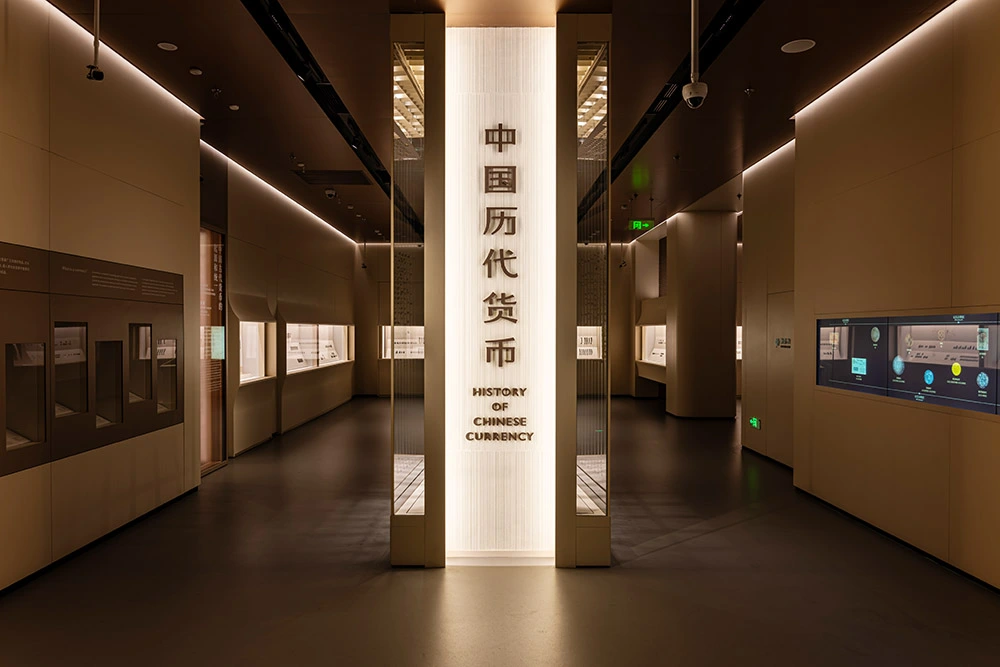
About the museum:
On June 26, following its “Trilogy Opening Plan,” the East Wing of the Shanghai Museum opened four permanent exhibition halls to the public: the Ceramics Gallery, the Seal Gallery, the Jade Gallery, and the Numismatics Gallery, all part of the “Comprehensive History of Ancient Chinese Art” series.
China is one of the earliest countries to use currency, and the Shanghai Museum’s coin collection is highly esteemed in the Chinese numismatic community. The Numismatics Gallery has become a major highlight of the East Wing.
This exhibit offers an in-depth exploration of the evolution of Chinese money, showcasing rare artifacts and telling the story of the nation’s rich monetary heritage.
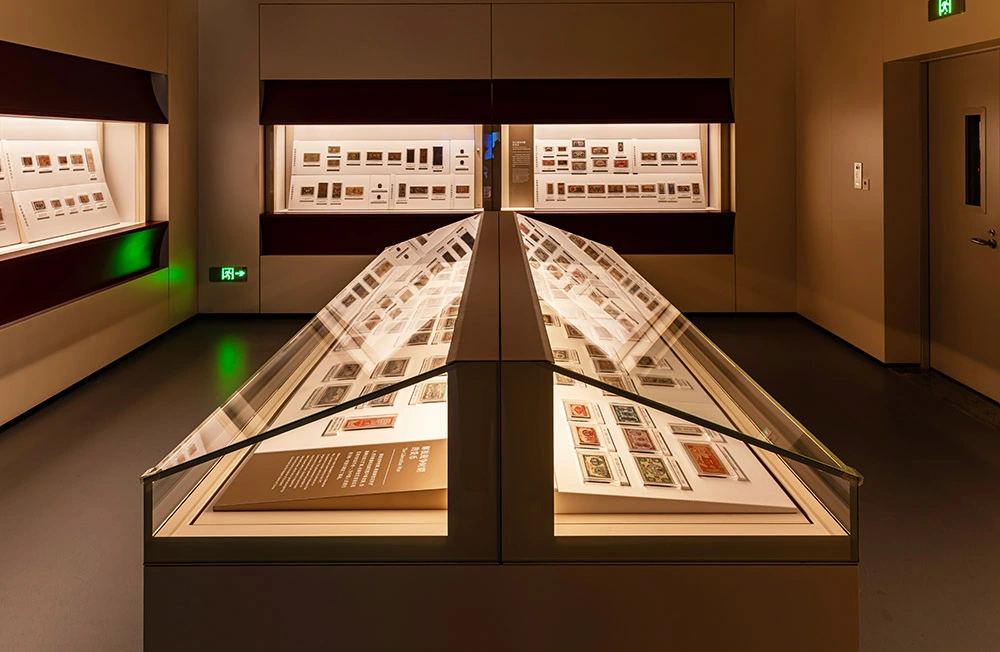
Project background:
The Numismatics Gallery has been relocated to the third floor of the East Wing of the Shanghai Museum, covering nearly 1,000 square meters.
This upgrade includes an expansion of the exhibition content, an increase in the variety and quantity of exhibits, and an enhancement of the overall display effects.
Through a rich and systematic collection of coins, the gallery comprehensively reflects the development and changes in social and economic history.
Relicase is honored to have provided display cases for the Numismatics Gallery, partnering with the Shanghai Museum East Wing to present a complete history of Chinese currency and financial development.
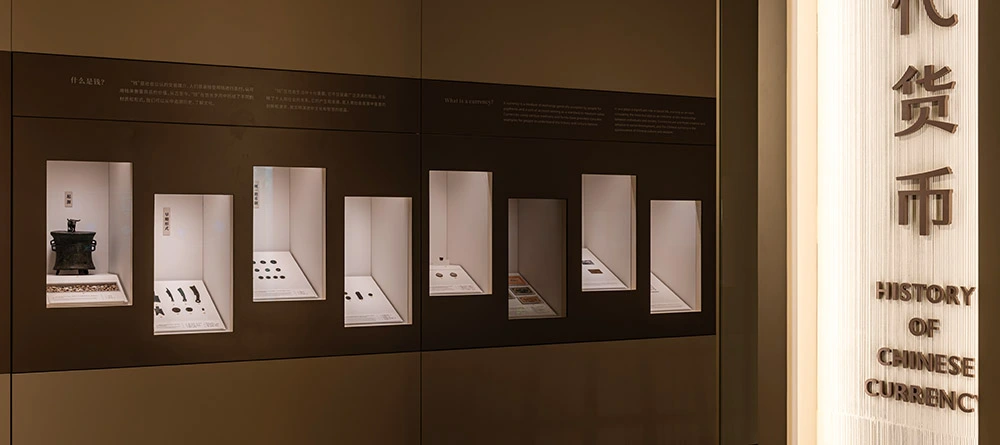
How our Showcases are designed to highlight the exhibiting topic:
The Numismatics Gallery features a unique backdrop of copper coin motifs, with the display cases designed to highlight currency elements.
Upon entering the gallery, visitors are immediately struck by a large hanging installation of copper coins arranged in the shape of a knife-shaped coin. This installation is housed within a bespoke trapezoidal freestanding floor case, featuring large glass panels on three sides, each measuring 2.4 meters wide, 3.4 meters high, and weighing 375 kilograms.
The freestanding case utilizes a sliding rail mechanism for opening. Given the weight of the glass and the need for structural stability when opened, we installed heavy-duty rails after precise calculations.
The top of the case is complemented by a beige lattice structure, with the suspended coins in the center resembling musical notes, evoking the rich 5,000-year history of the Chinese currency.
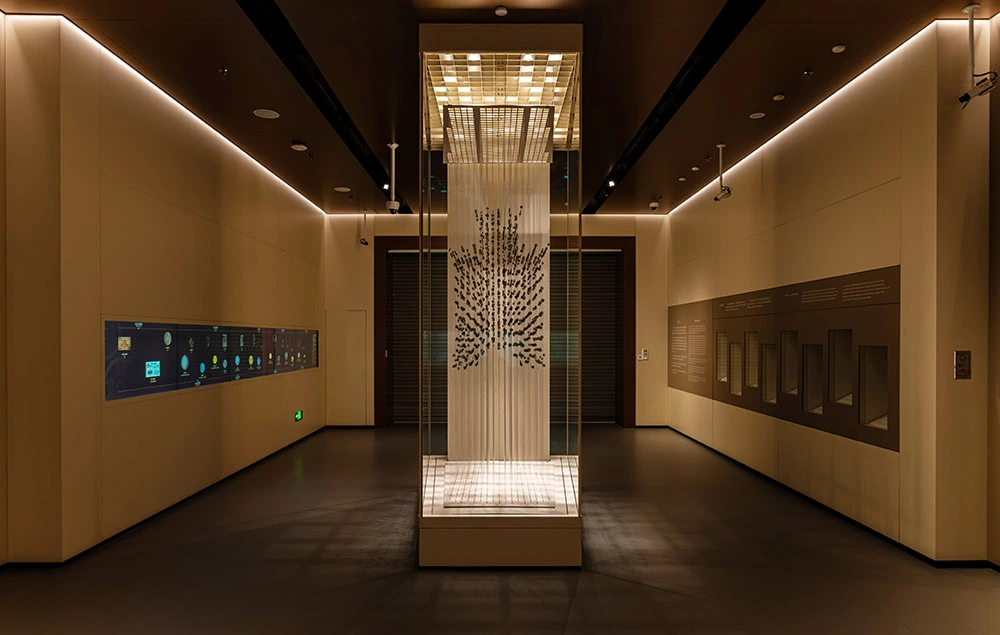
Additionally, the wall cases in the gallery stand out with their distinctive design.
Two curved steel plates combined with low-reflective glass form the external facade, where the interplay of curves and flat surfaces adds a dynamic charm.
The curved steel plates are finished in beige and red, with a classic lacquer design seamlessly joined with the transparent glass, creating a textured facade that enhances the historical atmosphere of the exhibits.
The uniquely shaped wall cases also feature an innovative opening mechanism, allowing upward and downward movement.
The well-designed display space in the Numismatics Gallery immerses visitors in the monetary culture of various dynasties, with the beige and red color scheme symbolizing the harmonious blend of past and future.
Every display case tells a story, and behind each story lies the ebb and flow of China’s ancient currency history.
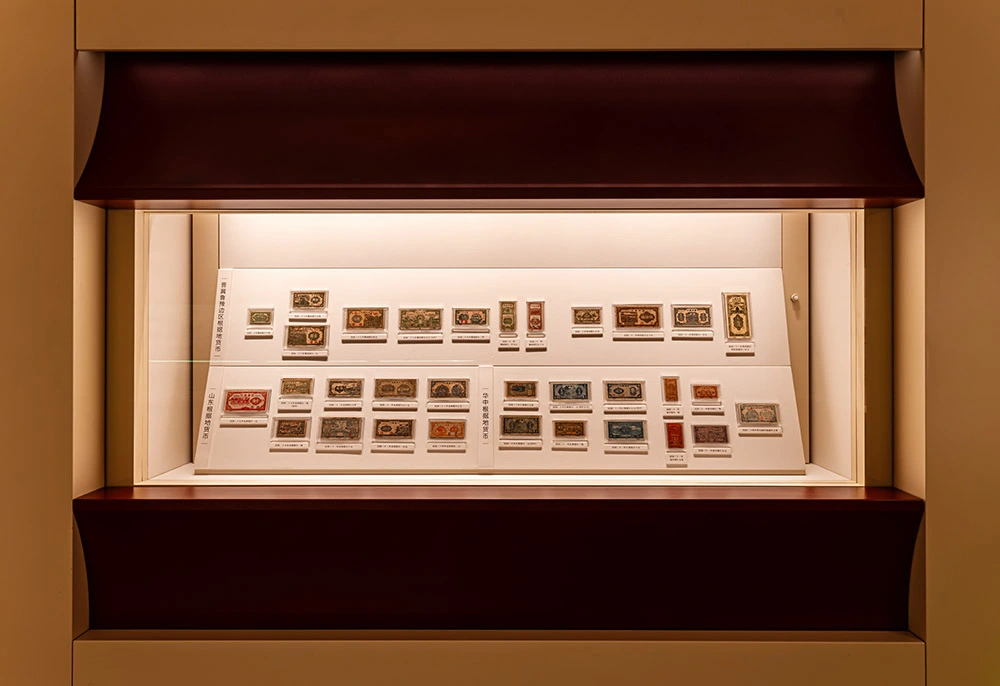
Past and future:
Relicase has been deeply involved in the cultural and museum industry for over 20 years, actively exploring digitalization, intelligent solutions, and other innovations.
We continue to contribute to the cultural heritage sector, enhancing cultural exchange and advancing intelligent exhibition solutions to support the ongoing development of museum culture.
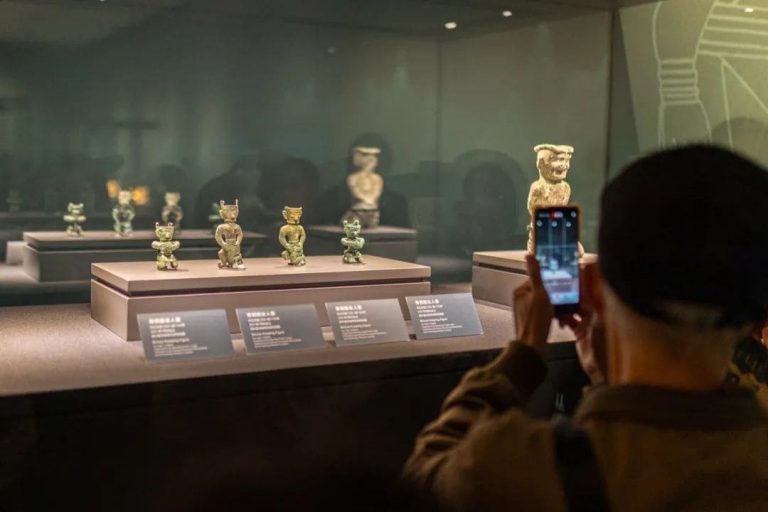
Museum Showcase Excellence: How Relicase Brought Ancient Shu Treasures to 300,000+ Visitors
Over 300,000 Visitors!Ancient Treasures of Shu Shine in Hengqin: The Mystique of Sanxingdui and Jinsha Captivates Audiences The special exhibition Ancient Treasures of Shu: Sanxingdui and Jinsha attracted more than 300,000 visitors, including nearly 60,000 from Hong Kong, Macau, and Taiwan, making up almost 20% of the total audience. On April 24, the three-month exhibition…
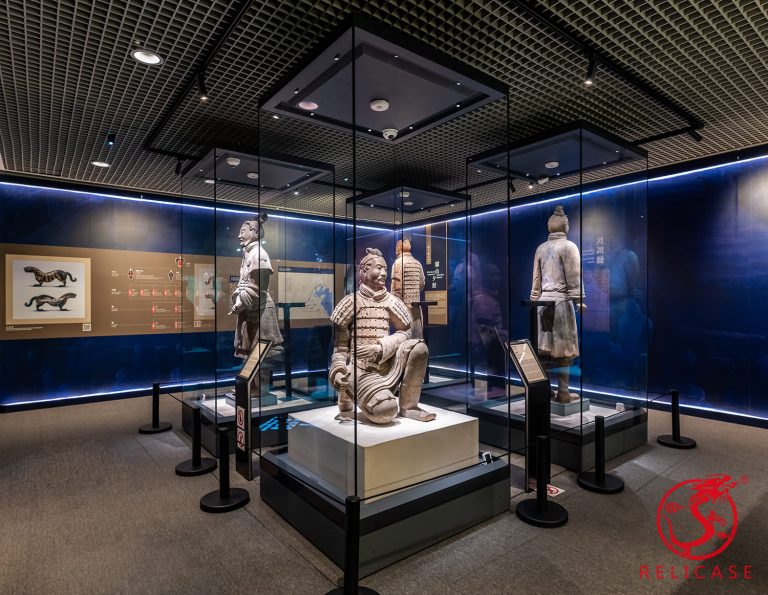
Relicase at Macau Museum: Safeguarding Heritage, Celebrating Legacy
Macau Museum: “Edification of the Masses — Cultural Treasures from the Zhou, Qin, Han, and Tang Dynasties” A Landmark Embraces Innovation The Macau Museum stands proudly atop the historic Mount Fortress, next to the famous Ruins of St. Paul’s. As an iconic symbol of Macau’s history and multicultural heritage, it now embraces the touch of…
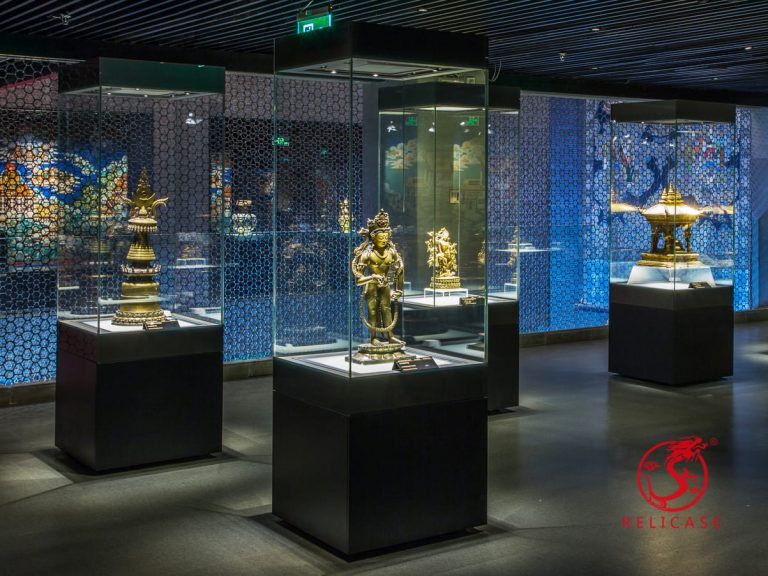
Potala Palace
Abstract On April 26, 2017, Relicase completed the showcase project for the Treasure Hall of the Potala Palace in Tibet. The Collections Hall spans three floors and is divided into two major sections, showcasing a total of 273 individual artifacts and replicas, as well as 155 sets of artifacts (or 159 sets, including 147 sets…
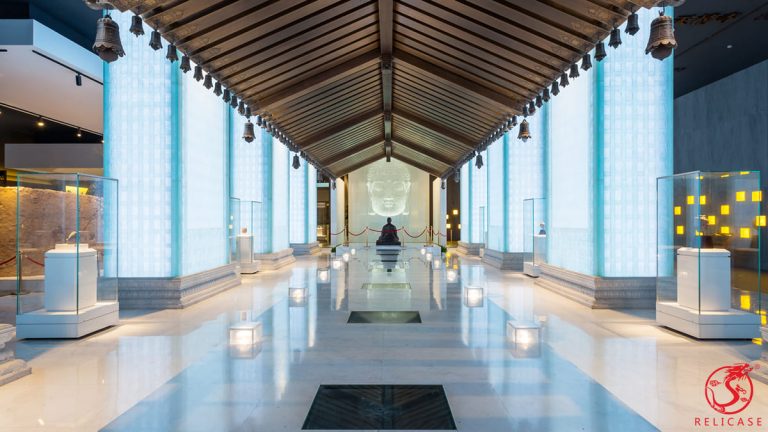
Porcelain Tower of Nanjing
Abstract The Porcelain Tower of Nanjing, named and constructed by Emperor Yongle of the Ming Dynasty to honor his parents’ boundless love and virtue, stands as a symbol of filial piety. Celebrated in Du Mu’s poetic lines, “Four hundred and eighty temples of the Southern Dynasties, how many pavilions linger in the mist and rain,”…
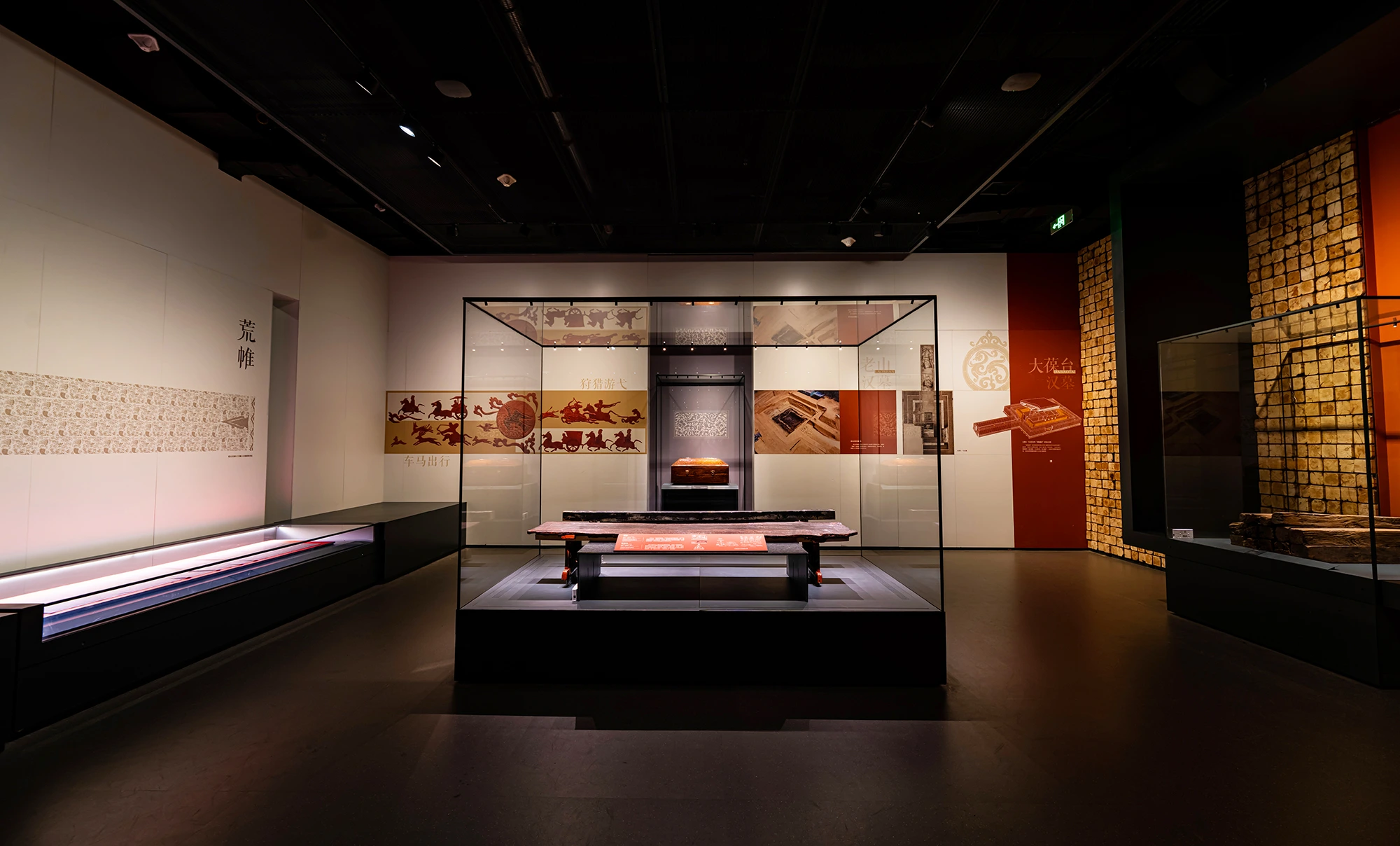
The basic guide to Museum Showcase Glass
As museums continue to modernize, the glass used in display cases has undergone a remarkable transformation to meet ever-evolving requirements for safety, visibility, and artifact preservation. The shift from basic transparent materials to specialized, high-performance glass highlights the strides made in exhibition technology. The Journey of Museum Showcase Glass Historically, glass in museum showcases was…
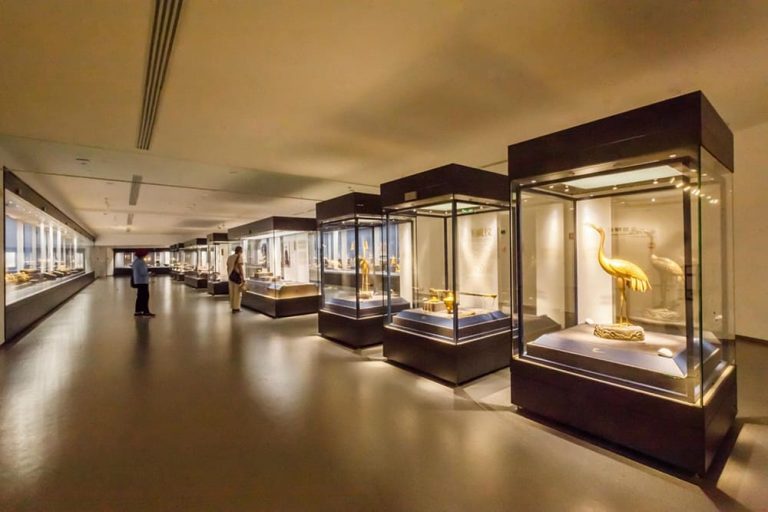
How to Design Lighting for Museum Display Cases
Museum display cases are freestanding, touchable structures. To comply with engineering safety standards, the lighting inside these cases should operate on low-voltage input. Relicase, in line with national standards, ensures the display cases they manufacture meet the following specifications: 1. Protective or isolating measures must be in place between the lighting fixtures and the display…
